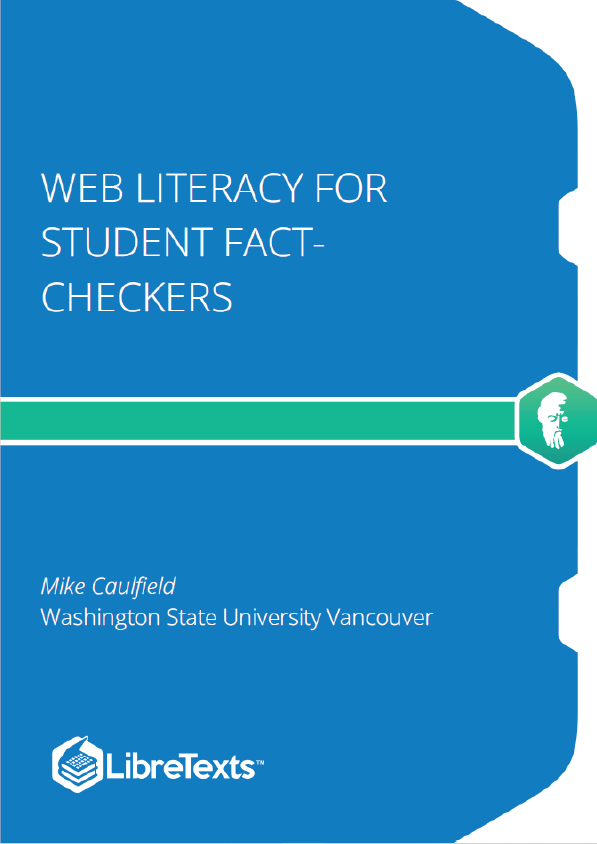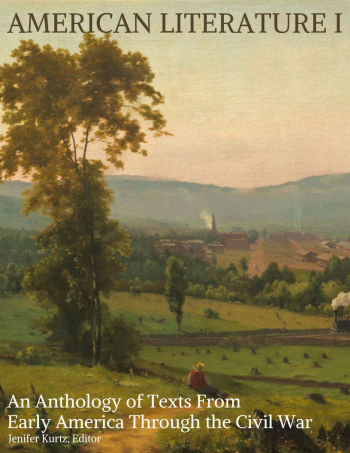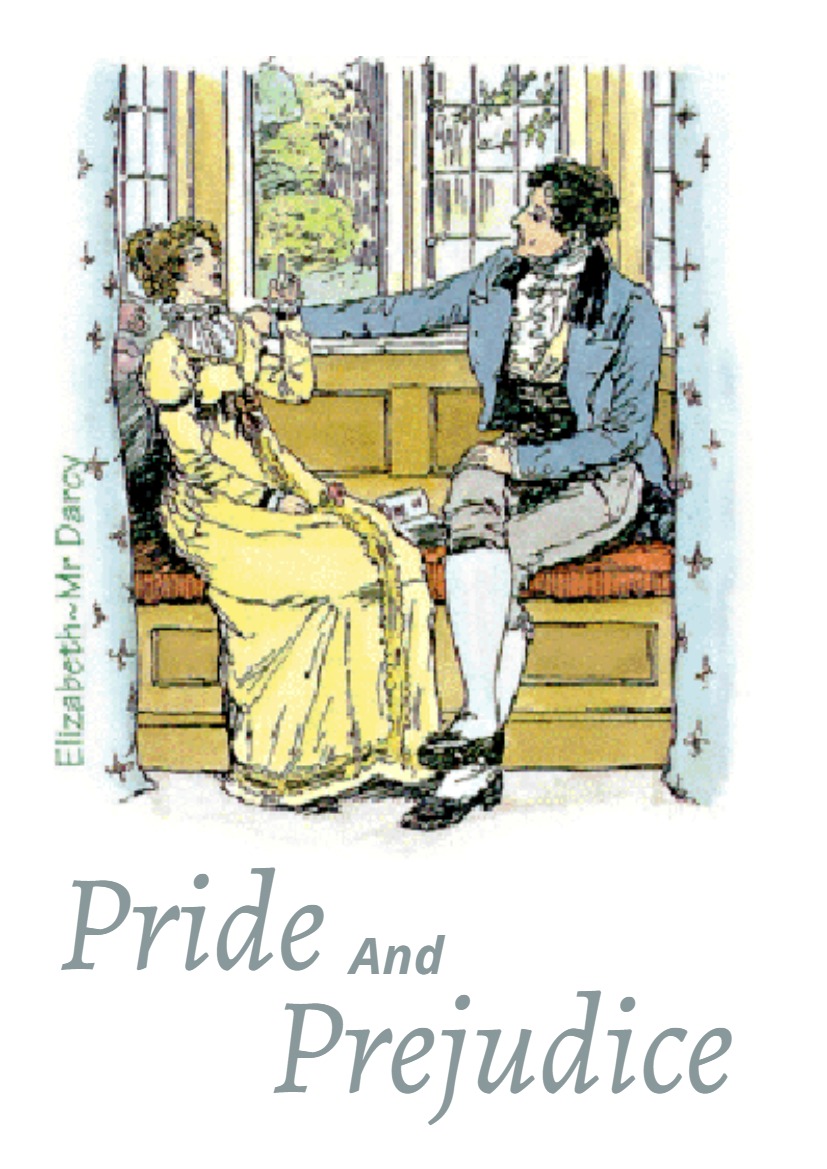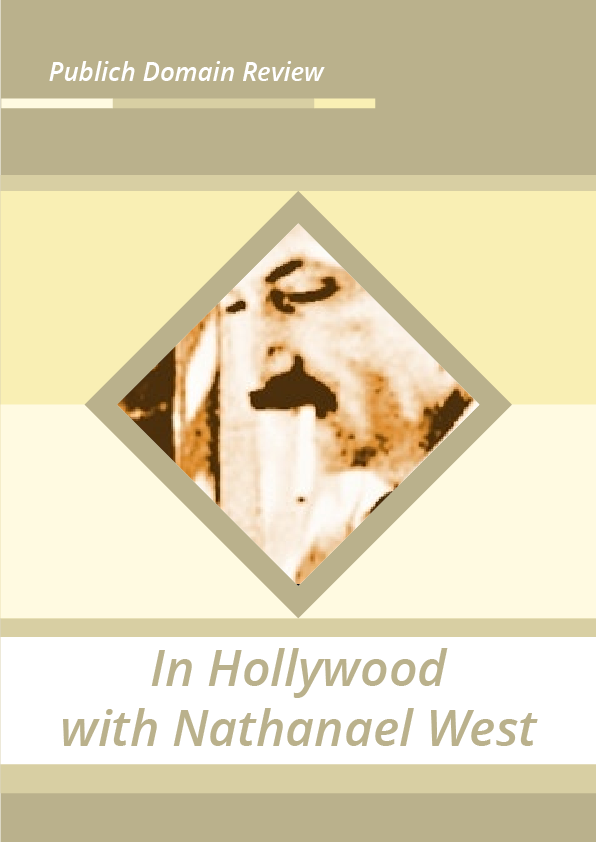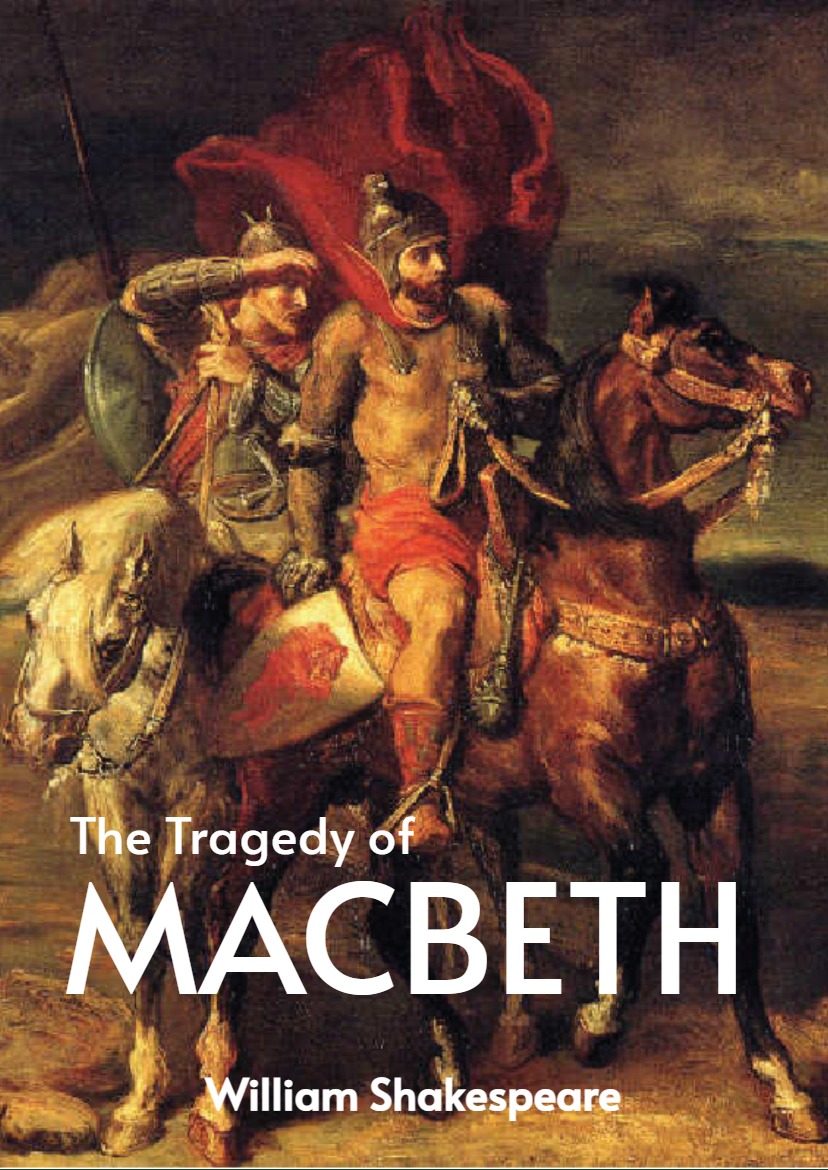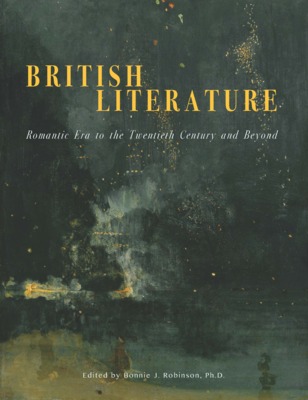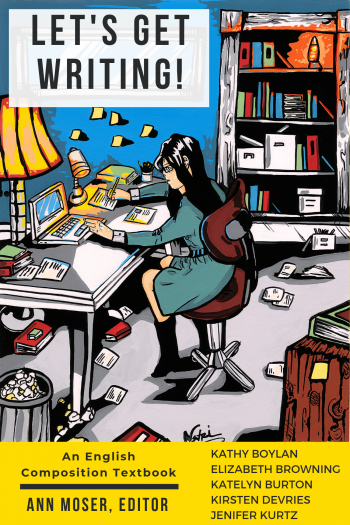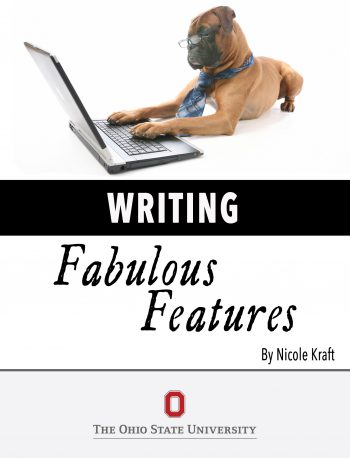The web gives us many such strategies and tactics and tools, which, properly used, can get students closer to the truth of a statement or image within seconds. For some reason we have decided not to teach students these specific techniques. As many people have noted, the web is both the largest propaganda machine ever created and the most amazing fact-checking tool ever invented. But if we haven’t taught our students those capabilities is it any surprise that propaganda is winning? This is an unabashedly practical guide for the student fact-checker. It supplements generic information literacy with the specific web-based techniques that can get you closer to the truth on the web more quickly.
Four Strategies
What people need most when confronted with a claim which may not be 100% true is things they can do to get closer to the truth. They need something we have decided to call strategies.
Strategies represent intermediate goals in the fact-checking process. They are associated with specific tactics. Here are our strategies:
- Check for previous work: Look around to see if someone else has already fact-checked the claim or provided a synthesis of research.
- Go upstream to the source: Go “upstream” to the source of the claim. Most web content is not original. Get to the original source to understand the trustworthiness of the information.
- Read laterally: Read laterally. Once you get to the source of a claim, read what other people say about the source (publication, author, etc.). The truth is in the network.
- Circle back: If you get lost, or hit dead ends, or find yourself going down an increasingly confusing rabbit hole, back up and start over knowing what you know now. You’re likely to take a more informed path with different search terms and better decisions.
In general, you can try these strategies in sequence, and at each stage if you find success your work might be done.
When you first see a claim you want to check, your first move might be to look to see if sites like Politifact, or Snopes, or even Wikipedia have researched the claim. (Check for previous work).
If you can’t find previous work on the claim, the real work begins. It starts by trying to trace the claim to the source. If the claim is about research, can you find the journal it appeared in? If the claim is about an event, can you find the news publication in which it was originally reported? (Go upstream).
Maybe you get lucky, and the source is something known to be reputable — some recognizable source such as the journal Science, or the newspaper The New York Times. Again, if so, you can stop there. If not, you’re going to need to read laterally, finding out more about this source you’ve ended up at. Is it trustworthy? (Read laterally).
And if at any point you fail — if the source you find is not trustworthy, complex questions emerge, or the claim turns out to have multiple sub-claims — then you circle back, and start a new process. Rewrite the claim. Try a new search of fact-checking sites, or find an alternate source. (Circle back).
